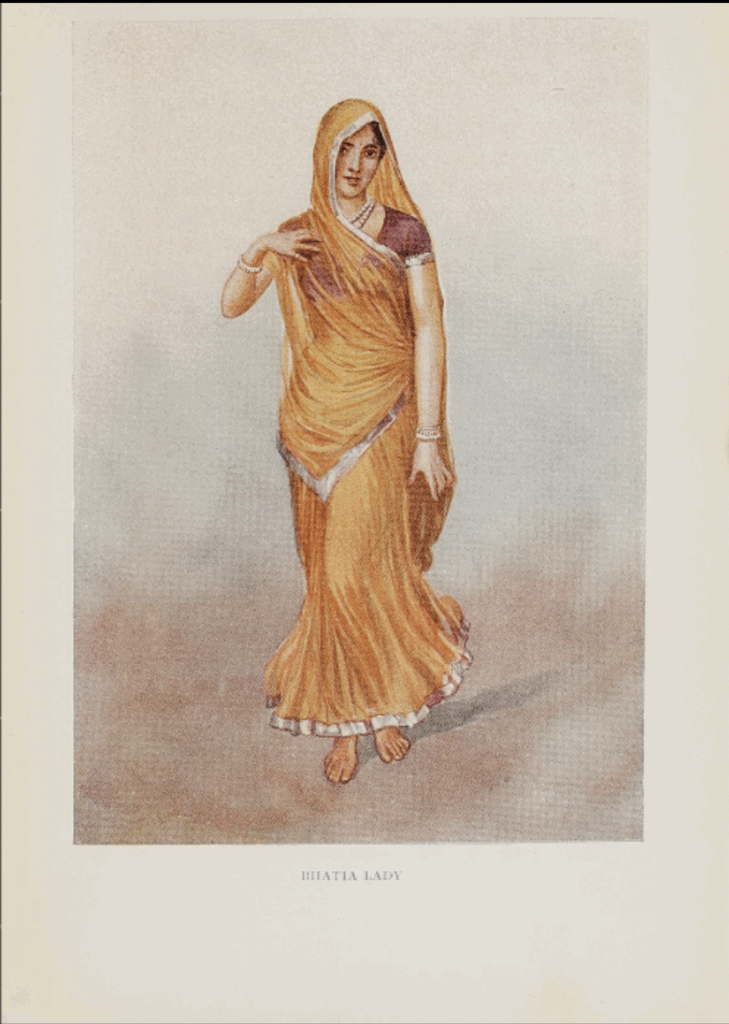In our Craft Capsule series, authors uncover the idiosyncratic and peculiar ways they attack the creation of writing. This is no. 235.
In Part 1, I discussed antithetic kinds of “foreign objects” 1 mightiness incorporated into a poem: texts (by others oregon by you), documents, photographs, oregon graphics. I asked: Why bash this? What mightiness the beingness of specified an entity bash in, oregon to, the poem? What intent does the entity serve? What space(s) oregon angles of presumption could it unfastened up for the reader? For the writer?
Once you person successful hand, oregon wrong reach, texts oregon images that look luminous oregon monstrous, radioactive oregon ordinary, and person brought them into proximity with 1 another, you are faced with the question of how to incorporated them into the work. These are craft-related questions astir arrangement, identification, and connectivity.
Do you incorporated these objects successful their entirety? In segments oregon fragments? How mightiness they beryllium assembled? In what constellation oregon sequence? Do they transportation adjacent weight? Does 1 predominate? Does 1 consciousness similar “background”? How mightiness they enactment within, and structure, the enactment arsenic a whole?
As you determination done the iterative process of pairing, paring, and arranging, what bash you learn? As I juxtaposed and blended WWI British subject tract manuals with medieval Tibetan texts of protective magic for my publication Salient (New Directions, 2020), I learned much astir each text. I recovered parallels I had missed: Neither elaborate trench operation diagrams nor demon-repelling amulets tin support 1 from arbitrary death. I faced assumptions that turned retired not to beryllium true: Locating the tract of a German artillery artillery and identifying the lair of a ground-demon are successful information related tasks. Be prepared to change your archetypal intentions and objectives erstwhile texts, images, and documents, successful their interstices, bring caller understandings to light. Sometimes 2 objects repel each other; they garbage to fit. This, too, is illuminating.
And past determination is the question of how the entity is incorporated into its spot successful the work. Should it beryllium identified arsenic a “foreign” object? And if so, how? Inside the substance itself oregon by means of paratextual material?
Within the substance of the work, poets similar Marianne Moore, George Oppen, and Rachel Blau DuPlessis usage quotation marks to place substance borrowed from elsewhere. Susan Howe, Carlos Soto Román, and Claudia Rankine intelligibly separate images of documents and photographs from surrounding text. Other writers person utilized font changes and spatial arrangements to bespeak an embedded element.
Paratextual worldly similar introductions, prefaces, and afterwords tin constituent to sources integrated into the work. Endnotes, footnotes, oregon notes successful the margins alteration a scholar to find circumstantial material.
There are besides questions of transportation and integration. Should the borders betwixt 2 objects beryllium stark, porous, oregon invisible? The spot oregon weakness of a seam betwixt objects tin absorption attention, disorient, and surprise. On my archetypal brushwood with the poems successful Reznikoff’s Testimony (New Directions, 1965), I thought I was speechmaking melodramatic monologues created for fictional characters. Only aboriginal did I recognize that the poems had been built from witnesser testimonies accessed done his ineligible work. Suddenly the poems were not fictions, but documents that brought factual individuals, their voices, histories, and difficulties, into the abstraction betwixt the leafage and me.
You person a poem waiting to beryllium written. You person letters, documents, photos, pieces of past oregon lit that look luminous, radioactive, oregon ordinary. These objects inquire for clip oregon space, to beryllium addressed oregon heard—by you, oregon by 1 another. They are gifts. Assemble and support them.
Elizabeth T. Gray is simply a poet, translator, critic, and firm consultant. Her poesy collections see After the Operation (Four Way Books 2025), Salient (New Directions 2020) and Series | India (Four Way Books, 2015). Her translations from classical and modern Persian include Let Us Believe successful the Beginning of the Cold Season, the selected poems of Forough Farrokhzad (New Directions, 2022), which was a finalist for the PEN Prize for Poetry successful Translation, 2023 and The Green Sea of Heaven: Eighty Ghazals From the Diwan of Hafiz (Monkfish Publishing, 2024). She serves connected the boards of Kimbilio Fiction, World Poetry, Flood Editions, Friends of Writers, the Beloit Poetry Journal Foundation, and Human Rights and Democracy successful Iran. She holds a BA and JD from Harvard University and an MFA from Warren Wilson College. She was the founding CEO and Managing Partner of Conflict Management, Inc. and Alliance Management Partners, LLC, boutique consulting firms.
image credit: Monis Yousafzai
 3 weeks ago
3
3 weeks ago
3


